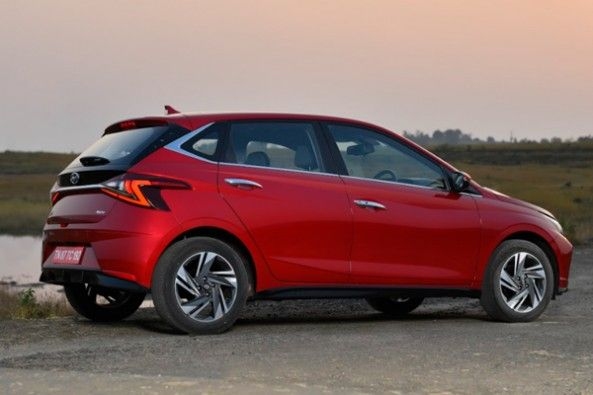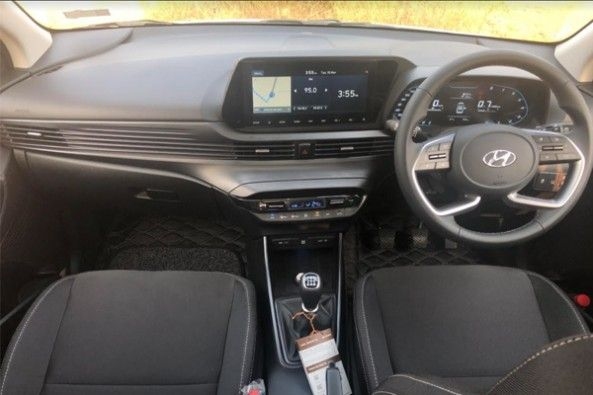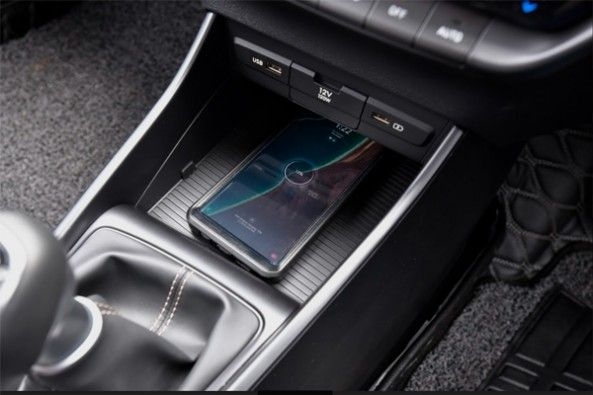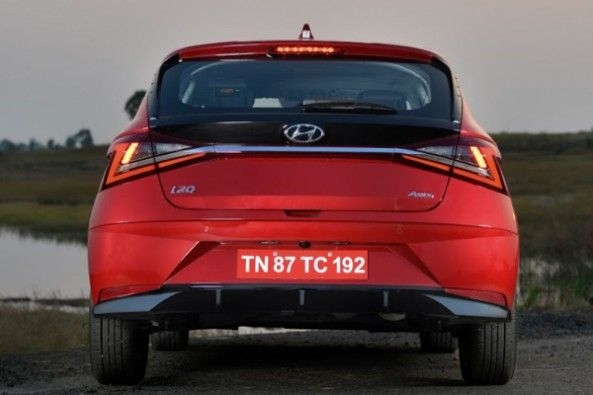Hyundai Motor India, the second largest automobile maker in the country, has a presence in majority of the cost-effective segments. Since the company’s inception, they have concentrated on the hatchback segment with products such as Santro, i10 Grand and the Elite i20. Coming to this year, the Korean manufacturer in a bid to revive its fortunes in the premium hatchback category, got in the All-New i20.
How much of a change does it offer?

When compared with the outgoing Hyundai Elite i20, this version is all-new. In fact, the third-generation model is slightly longer and wider than the previous generation. The new dimensions stand at 3995mm length, 1775mm width and 1505mm height as compared to the Elite i20 that offered 3985mm length, 1734 width and 1505mm height. With the new enhancements, the premium hatchback is now the widest in its class. From a design point of view, the car is based on Hyundai’s design language of 'Sensuous Sportiness' resulting in an aggressive and futuristic appeal. The key design highlights include a black finished parametric jewel pattern grille upfront, LED headlamps with LED DRLs, projector fog lights, 16-inch diamond cut alloy wheels, shark fin antenna and Z-shaped LED tail lamps. Both the front and rear profile are distinct in their own way. Besides other components, the front bumper caters to a splitter while the rear bumper provides a diffuser. Attention to finest details such as the i20 branding within the LED headlamps, taillights and side still garnish further accentuate the appeal. Overall, in comparison to the Elite i20, this one looks more attractive and up to date.
How does it feel on the inside?

Like the exterior design, the interior is also new. With an all-black theme, the cabin provides a sleek dashboard layout. It comprises elements like a sporty digital cluster with TFT multi-information display, a four-spoke steering wheel with mounted controls and a 26.03cm HD touchscreen infotainment system with navigation. Talking about the infotainment system, it offers smartphone connectivity function as well in the form of Android Auto & Apple CarPlay plus Blue Link Bluetooth connectivity. Unlike earlier, the i20 now provides wireless phone charging too. The presence of a Bose premium 7 speaker audio system further helps bolster the musical experience. The toggles given for the air-con controls feel nice to touch while the AC vents appear to be sleek. With the objective to make the cabin look more spacious, Hyundai has gone ahead and shaped the air-con vents horizontally to the remaining half of the dashboard. For us, this thought seems to have worked however some of you might disagree and say that the design is a bit overdone. According to the manufacturer, the dashboard has been fitted a bit low in comparison to before to provide better visibility of the road ahead. This indeed works well as the driver and co-passenger can see the objects clearly in the front and the side of the vehicle.
Coming to comfort, the variant which we drove featured fabric seats with white stitching. The cushioning in the front row is good but when it comes to the lumbar support then it could have been a wee bit better. This is because while driving medium and long distances, your back does feel a bit strained due to less cushioning. Rest there is a good amount of leg, shoulder and headroom for the driver and co-passenger. As for the rear, due to the increased wheelbase of 10mm, the space available to the occupants has gone up especially while considering the headroom and kneeroom. In fact, accommodating three persons at the back felt as if it would not be much of an issue. Other bits like air-con vents and a USB charging slot are added features available to the passengers seated at the rear. For luggage storage, the i20 offers a generous 311 litres of boot space that can be utilized for short weekend getaways or even for a quick trip to the airport. Though one has the option of increasing the space by simply folding the 60:40 rear seats down.
What type of engines does it offer?

The new i20 comes equipped with three powertrain options. These include a 1.2-litre Kappa petrol, a 1.5-litre diesel unit and a turbocharged 1.0-litre petrol. The one that we drove during our first drive was the 1.2-litre four-cylinder petrol engine which can be availed with either a 5-speed manual or a CVT gearbox. This engine delivers a power output of 83 bhp for the manual variant while the CVT trim produces 88 bhp. Driving the manual stick, the engine feels refined and the NVH levels are also kept to the minimum. With respect to power delivery, this engine does not feel that agile especially when at low speeds. This means that driving the car in city stop-go traffic would mean frequent gear changes to be able to attract the right performance out of the premium hatchback. Further, the presence of a light clutch and a slick gearbox makes driving a pleasurable experience. With a lighter engine, the vehicle pulls efficiently between 4000 rpm to 6000 rpm.

As for driving dynamics, the new generation supersedes the outgoing version. The petrol manual handles well as it provides a good steering feel while taking on corners and turning the car around. Its suspension does great to soak in all potholes and broken roads with utter ease. Overall, the 1.2-litre will not impress you the most but it will still do the job that it is required to do considering that most of the sales would be expected from this variant itself.
Should you consider it?
The All-New Hyundai i20 is a charmer without a doubt. It offers a whole lot more in terms of features as compared to the Elite i20 which would be a strong pulling point for customers to showrooms as well as online (Hyundai’s digital sales platform). However, having said this as we all know the Indian consumer is price sensitive and from that aspect the i20 does not come cheap. It is priced in the range of Rs 6.8 lakh to 11.18 lakh which when compared to the competition, is on the higher side. When we look at its evolution from the previous generation, there is a major improvement in relation to looks, interior features, space, comfort, and performance. Taking all of this into consideration, it will all depend upon what your actual requirement is and the budget that you are willing to allocate to fulfil this requirement.





